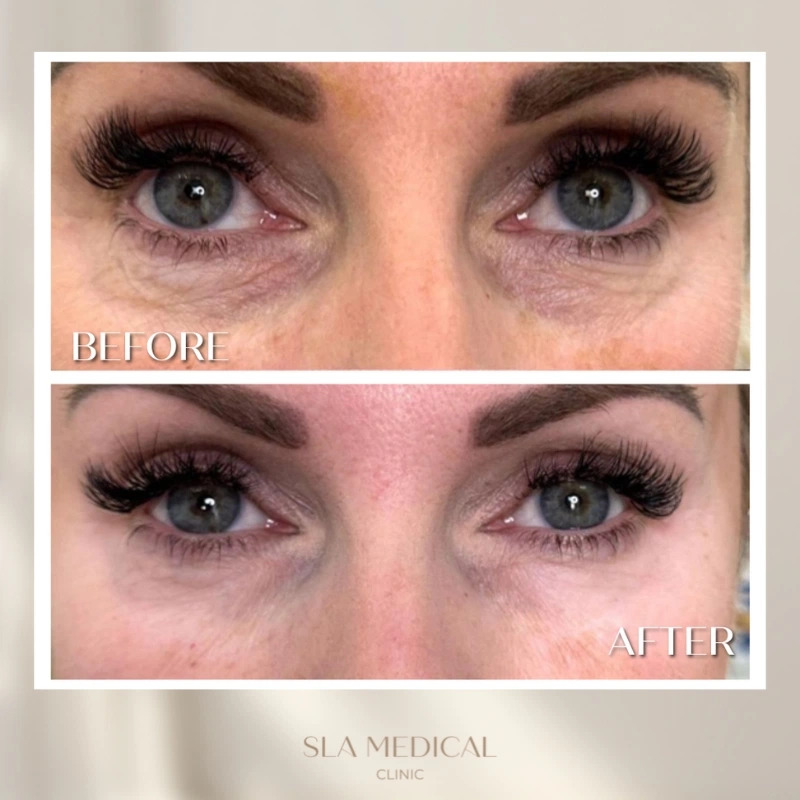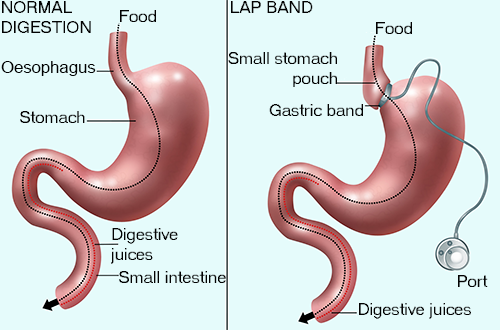The delicate under-eye area is often the first to show signs of aging, fatigue, and sun damage. Dark circles, fine lines, puffiness, and hollowing can make you look tired, even when you feel well-rested. Fortunately, advances in aesthetic medicine have introduced highly effective treatments to restore vitality and youthfulness to this sensitive region. One of the most innovative options available today is Polynucleotides Under Eyes In Manchester, a cutting-edge therapy designed to rejuvenate the skin at a cellular level.
At SLA Medical Clinic, this treatment is performed by skilled specialists who tailor every procedure to your unique needs, ensuring safe, natural, and long-lasting results. In this detailed guide, we’ll explore how polynucleotides work, their benefits, treatment procedures, and why they are quickly becoming the go-to choice for under-eye rejuvenation.
Table of Contents
ToggleUnderstanding Under-Eye Concerns
The skin around the eyes is thinner and more sensitive than other areas, making it more prone to visible signs of aging. Common issues that lead patients to seek under-eye treatments include:
-
Dark circles caused by pigmentation or vascular congestion
-
Fine lines and wrinkles from collagen loss
-
Puffiness or bags due to fluid retention or fat displacement
-
Hollowing caused by volume loss in the tear trough area
Addressing these concerns requires treatments that not only improve appearance but also support the health of the delicate under-eye skin.
What Are Polynucleotides?
Polynucleotides (PNs) are naturally derived molecules that provide cellular repair and regeneration. They are composed of DNA fragments that stimulate tissue repair, improve hydration, and enhance elasticity in the skin. When used for under-eye rejuvenation, PNs work at a cellular level to restore the skin’s structure, reduce fine lines, and improve texture.
How Polynucleotides Work
-
Cellular Regeneration: PNs stimulate fibroblast activity, promoting collagen and elastin production.
-
Hydration: The molecules help retain moisture in the skin, reducing dryness and crepiness.
-
Anti-Inflammatory Effects: PNs can calm irritation, making them suitable for sensitive under-eye skin.
-
Vascular Improvement: They enhance microcirculation, which can reduce dark circles caused by poor blood flow.
Benefits of Polynucleotides Under Eyes In Manchester
Choosing Polynucleotides Under Eyes In Manchester offers numerous advantages for those seeking gentle yet effective under-eye rejuvenation:
1. Natural and Safe
PNs are biocompatible and naturally derived, making them suitable for sensitive under-eye areas with minimal risk of adverse reactions.
2. Minimally Invasive
The treatment involves microinjections, which are less invasive than surgical options and require little to no downtime.
3. Gradual, Long-Lasting Results
Unlike temporary fillers, polynucleotides encourage the skin to regenerate naturally, leading to progressive improvement in texture, elasticity, and volume.
4. Versatile Treatment
PN therapy can address multiple concerns simultaneously, including fine lines, hollowing, puffiness, and dark circles.
5. Enhances Overall Skin Health
By supporting cellular repair, polynucleotides improve skin quality, giving a refreshed and youthful appearance.
Treatment Areas
Polynucleotides are most commonly used in the under-eye area, but they can also be applied to:
-
Crow’s feet and outer eye wrinkles
-
Upper eyelid laxity
-
Nasolabial folds and cheek rejuvenation (in some cases)
At SLA Medical Clinic, treatments are customized to target specific concerns while maintaining a natural look.
The Procedure for Polynucleotides Under Eyes
Step 1: Consultation
Your journey begins with a thorough assessment of the under-eye area. The specialist evaluates skin quality, volume loss, pigmentation, and vascular factors to determine suitability for the treatment.
Step 2: Preparation
The under-eye area is cleansed and numbed with a topical anesthetic to ensure comfort during the procedure.
Step 3: Microinjections
Using fine needles or cannulas, the polynucleotide solution is injected into targeted areas under the eyes. This process is precise and gentle, minimizing discomfort and bruising.
Step 4: Post-Treatment Care
Patients may experience mild swelling, redness, or tiny injection marks, which typically resolve within a few days. Aftercare instructions include avoiding strenuous activity, sun exposure, and applying recommended skincare products.
Number of Sessions Required
For optimal results, most patients undergo a series of 2–4 sessions spaced 3–4 weeks apart. The exact number of sessions depends on the severity of under-eye concerns and individual skin response. Results are cumulative, with improvements in hydration, volume, and texture becoming more noticeable after each session.
Who Is a Good Candidate?
You may benefit from Polynucleotides Under Eyes In Manchester if you:
-
Have visible dark circles or hollowing
-
Are experiencing fine lines and early wrinkles
-
Want a non-surgical solution for under-eye rejuvenation
-
Prefer natural, gradual results over fillers
-
Have healthy skin and realistic expectations
Your specialist at SLA Medical Clinic will conduct a detailed assessment to ensure you are an ideal candidate.
Aftercare and Maintenance
Proper aftercare enhances treatment outcomes and longevity:
-
Avoid touching or rubbing the treated area for 24–48 hours
-
Limit sun exposure and apply broad-spectrum sunscreen daily
-
Refrain from intense physical activity immediately after treatment
-
Follow any specific instructions provided by your clinician
Maintenance sessions every 6–12 months can help prolong results and support ongoing skin health.
Why Choose SLA Medical Clinic for Polynucleotides Treatment
SLA Medical Clinic is a leading provider of advanced aesthetic treatments in Manchester, renowned for precision, safety, and natural-looking results. Their approach to Polynucleotides Under Eyes In Manchester combines medical expertise with personalized care.
Reasons to Choose SLA Medical Clinic:
-
Experienced Practitioners: Specialists trained in delicate under-eye injections and facial aesthetics
-
Personalized Treatment Plans: Tailored to individual concerns and skin type
-
Advanced Techniques: Use of the latest technology and injection methods for safe, effective results
-
Patient-Centric Approach: Focused on comfort, safety, and achieving subtle, natural rejuvenation
Expected Results
Patients typically notice improvements within a few weeks, including:
-
Reduced under-eye hollowing and fine lines
-
Enhanced skin hydration and elasticity
-
Diminished dark circles caused by vascular issues
-
Smoother, brighter, and more youthful under-eye appearance
Results continue to improve over time as the polynucleotides stimulate collagen production and skin regeneration.
Polynucleotides vs. Traditional Fillers
| Feature | Polynucleotides | Traditional Dermal Fillers |
|---|---|---|
| Mechanism | Stimulates collagen and skin regeneration | Adds volume instantly |
| Longevity | Gradual, long-lasting improvement | Immediate but temporary |
| Natural Look | Very subtle, enhances skin quality | Can appear more pronounced |
| Downtime | Minimal | Mild swelling or bruising |
| Skin Health Benefits | Improves hydration, elasticity, and texture | Primarily volumizing |
Polynucleotides are ideal for patients who prefer gradual, natural, and regenerative results rather than immediate volumizing effects.
Final Thoughts
Under-eye concerns can significantly impact your overall appearance and self-confidence, but modern treatments like Polynucleotides Under Eyes In Manchester provide a safe, effective, and natural solution. By stimulating collagen production, improving hydration, and enhancing skin quality, polynucleotides restore youthful vitality to the delicate under-eye area.
At SLA Medical Clinic, every treatment is customized to meet individual needs, ensuring safe procedures, natural results, and long-lasting rejuvenation. If you’re ready to revitalize your under-eye area and achieve brighter, smoother, and healthier skin, book a consultation at SLA Medical Clinic today and discover the transformative benefits of polynucleotides.







0 Comments